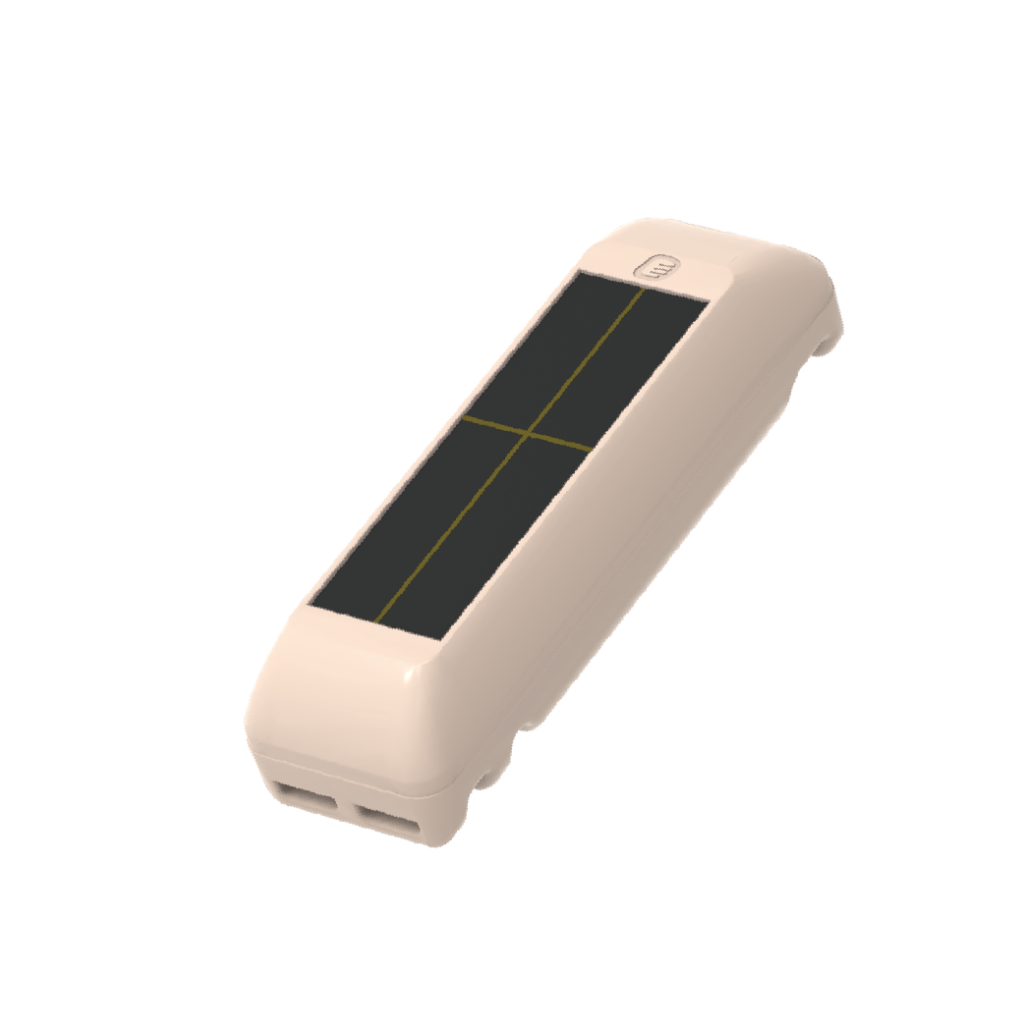Related Products

Many waterfowl species go through a wing moult where all flight feathers are lost simultaneously, rendering the birds flightless while their feathers are regrowing. This puts constraints on the birds during this energetically and nutritiously demanding phase in their annual cycle. Previously, it has been proposed that ducks either decrease activity levels to allocate more resources to wing feather moult, or that they increase feeding activity to match the increased nutritional demands. To study how ducks adjust their time-activity budgets during this challenging life-history stage, we evaluated continuous remotely-sensed time-activity budgets in Pacific Black Ducks Anas superciliosa in southeast Australia, prior to, during and after their annual moult. We tracked three ducks using trackers that recorded one of six different behaviours every 2 sec in addition to hourly GPS locations. Rather than reducing their activity levels, all three ducks increased their daily feeding time and decreased daily resting time. Although the sample size was limited, these data provide support for the hypothesis that moult in ducks is a period of enhanced energy expenditure where they feed more to meet the demands for feather regrowth and possibly also compensate for the potentially reduced foraging efficiency due to flightlessness.

